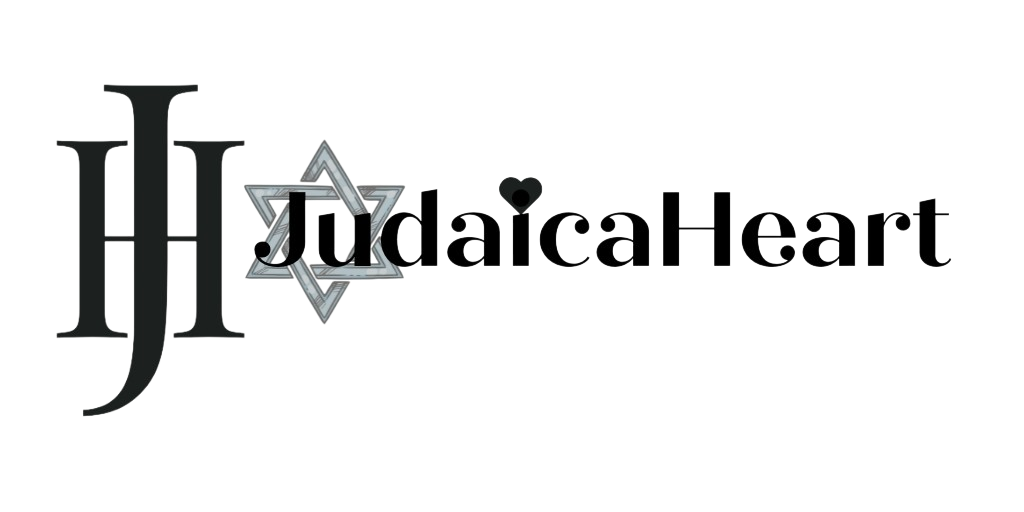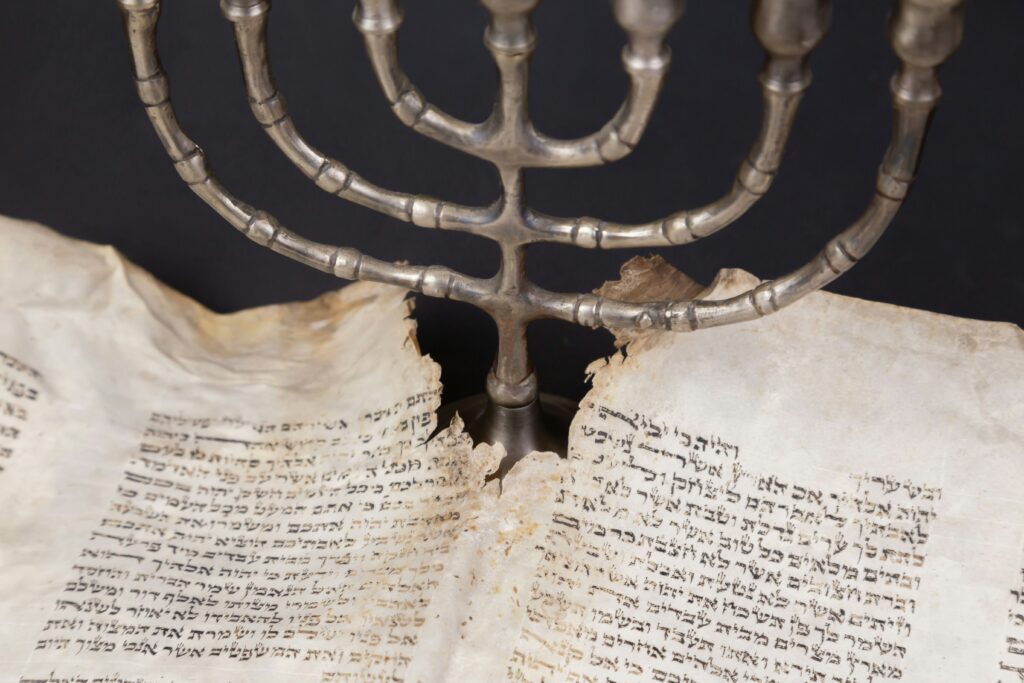Blog
The History Of Judaica
The Fascinating History of Judaica: A Journey Through Jewish Culture and Tradition
Judaica refers to Jewish ritual objects, ceremonial items, and artifacts with deep religious, cultural, and historical significance. These objects have been central to Jewish life for centuries, symbolizing the faith, heritage, and traditions of the Jewish people. But where did Judaica originate, and how has it evolved over the years? In this blog, we will explore the rich history of Judaica and its essential role in Jewish customs.
What is Judaica?
Judaica encompasses many items used in Jewish rituals, holidays, and everyday life. These include items such as Mezuzahs, Menorahs, Havdalah sets, kiddush cups, Tefillin and Tallit. Each object serves a unique purpose in Jewish tradition, often carrying symbolic meanings rooted in the Torah and Jewish customs. From the ancient scrolls of the Torah to modern interpretations of ceremonial objects, Judaica has always been a way for Jewish people to connect with their faith and heritage.
The Origins of Judaica
Judaica’s roots date back to ancient times, beginning with constructing the Tabernacle (Mishkan) in the wilderness after the Exodus from Egypt. This portable sanctuary, described in the Torah, was adorned with sacred objects such as the Menorah (the seven-branched candelabrum) and Shulchan (Table), which became central symbols in Jewish life. These early sacred objects influenced the design and creation of ceremonial items that would follow in Jewish communities for generations.
As Jewish people moved into different parts of the world, they adapted their Judaica to fit local materials, artistic styles, and cultural preferences. For instance, in Europe, particularly during the Middle Ages, silver and gold became popular materials for creating beautiful Kiddush cups, Sabbath candlesticks, and Havdalah sets.
The Role of Judaica in Jewish Rituals
Judaica plays a pivotal role in a wide array of Jewish rituals. These sacred objects are used in homes, synagogues, and critical life-cycle events. Some of the most important rituals where Judaica is used include :
Shabbat – The weekly observance of the Sabbath involves a series of rituals that require special Judaica, such as candlesticks for the lighting of the Shabbat candles, Kiddush cups for reciting the blessing over wine, and Challah covers for the traditional bread.
Hanukkah – The Menorah is the central object during this eight-day festival, where one additional candle is lit each night to commemorate the miracle of the oil. Over the years, different designs of Menorahs have become part of Jewish homes, ranging from simple clay versions to ornate silver or brass designs.
Passover – The Seder plate, which holds symbolic foods, is a key element in the celebration of Passover. Each item on the plate represents a different aspect of the Exodus story.
Bar and Bat Mitzvahs – At these milestone events, young Jews receive a Tallit (prayer shawl) and often a Tefillin (phylacteries) as symbols of their commitment to Jewish traditions.
Weddings and Life-Cycle Events – Judaica items like the Chuppah (wedding canopy), Kiddush cups, and Ketubah (wedding contract) play essential roles in Jewish wedding ceremonies.
The Artistic Evolution of Judaica
Throughout the centuries, Judaica has not only served a religious function but also emerged as an essential art form. The craftsmanship and beauty of Jewish ceremonial objects have been appreciated worldwide. For example, silver Judaica has long been valued for its beauty and intricate designs. The Kiddush cup is not only a functional object used for rituals but often an ornate piece of art, reflecting the artistic culture of the Jewish community.
In the modern era, Judaica continues to evolve, with contemporary artists and designers creating pieces that reflect both traditional Jewish themes and modern aesthetics. Today, handcrafted Judaica items made in Israel, such as Jewish jewelry, mezuzahs, and wall art, are popular not only for their religious significance but also as beautiful pieces of craftsmanship.
As we move into the 21st century, Judaica’s role remains as vital as ever. People of Jewish faith continue to use these sacred objects in their daily lives, maintaining a connection to their history, traditions, and beliefs. Judaica’s importance lies not just in its functional use but also in the way it helps preserve Jewish culture and brings families and communities together.
Whether passed down through generations or acquired for the first time, Judaica connects individuals to their heritage, allowing them to honor the past while embracing the future.
Conclusion
The history of Judaica is a testament to the Jewish people’s enduring connection to their faith and culture. From ancient sacred objects to modern interpretations, Judaica continues to enrich Jewish life worldwide. Whether you’re searching for a meaningful Jewish gift or seeking to deepen your own connection to Jewish tradition, Judaica offers a beautiful and meaningful way to celebrate Jewish life

